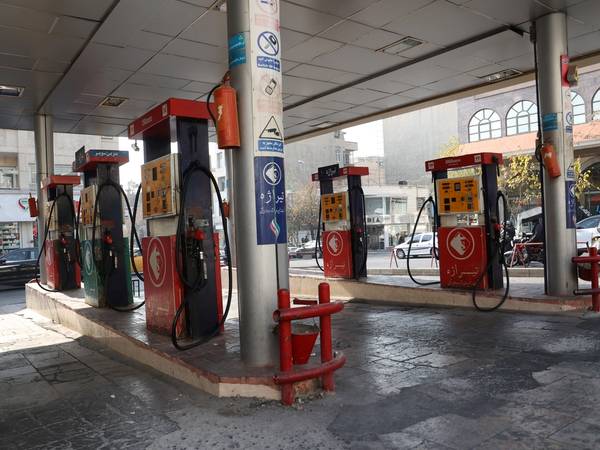Iran has found itself importing gasoline since last year due to the government's inability to expand oil refineries and exacerbated by the delivering of approximately one million new, low-efficiency domestic cars into the market.
Gholamreza Dehghan Naserabadi, a member of parliament, in a statement made in June, highlighted Iran's deepening energy imbalance and projected a $2 billion gasoline import requirement for the current year. He also noted the necessity for diesel imports.
Iran's gasoil deficit was 1.5 million liters per day in 2023.
Iranian officials have indicated that the country engages in barter agreements, exchanging its dirty fuel, mazut, for foreign gasoline and gasoil.
According to Kpler, Iran exported between 230,000 to 240,000 barrels per day of mazut in 2023, slightly more than in 2022. However, the exact portion of this volume that was exchanged through barter for gasoline and gasoil has not been specified.
According to an official report from Iran's Oil Ministry, reviewed by Iran International, Iran's gasoline deficit escalated sharply in 2023. Consumption grew by 11.5%, yet refining capacity expanded by only 1.7%. Iranian refineries produced a base gasoline output of 97.5 million liters per day (ml/d) in 2023, while consumption surged to 115.5 ml/d.
To mitigate the deficit, Iran increased gasoline supply by adding 14 million liters per day through chemicals, aromatics, and MTBE (Methyl-tertiary-butyl ether), a gasoline additive known to be carcinogenic in certain animals. Despite these measures, the remaining shortfall was filled by gasoline imports or withdrawals from existing storage reserves.
The volume of additives in Iran's base gasoline has surged from 5 ml/d in 2018 to 14 ml/d in 2023, marking a staggering 180% increase. In contrast, base gasoline production grew by only 20% during the same period. This rapid growth in non-standard additives has led to significant health and environmental concerns, as Iran's produced gasoline has become increasingly unhealthy and pollutant-laden in its efforts to compensate for fuel deficits.
While the official document does not specify the exact volume of fuel imports, some officials have confirmed that Iran imported $2 billion worth of gasoline during the last Iranian fiscal year, which ended on March 20.
According to the Oil Ministry's report, strategic gasoline reserves stood at 1.17 billion liters by the end of 2023, unchanged from the previous year but down 13% from 2018 levels.
Furthermore, the report acknowledges that only a quarter of the gasoline produced in Iranian refineries meets Euro 4 or Euro 5 standards. Out of Iran's nine crude oil refineries, only three have been built since 1979 - when Islamic Republic came to power- collectively capable of refining less than 690,000 barrels per day, which accounts for 32% of the total refining capacity. The bulk of the refining capacity was built originally with Western licenses and technology. These refineries have since relied on domestic or Chinese technologies for upgrades, with the most recent refinery, Persian Star, commencing operations in 2017.
A major reason for the rise in consumption is domestic auto manufacturing which relies on older engine technologies. Despite producing approximately one million vehicles annually, each with high fuel consumption rates, nearly all are sold domestically. However, Iran's refining capacity growth has lagged the increasing demand.
Another major reason for ever-growing consumption is the low price of gasoline. Presently, Iran maintains the world's cheapest gasoline prices. One gallon costs consumers less than 10 US cents.
In late 2019, the government attempted to address economic challenges by raising gasoline prices by 50-200%, leading to widespread and violent protests. Since then, the Islamic Republic has refrained from adjusting fuel prices, despite a 15-fold fall in the value of the Iranian rial against the dollar since 2019.
